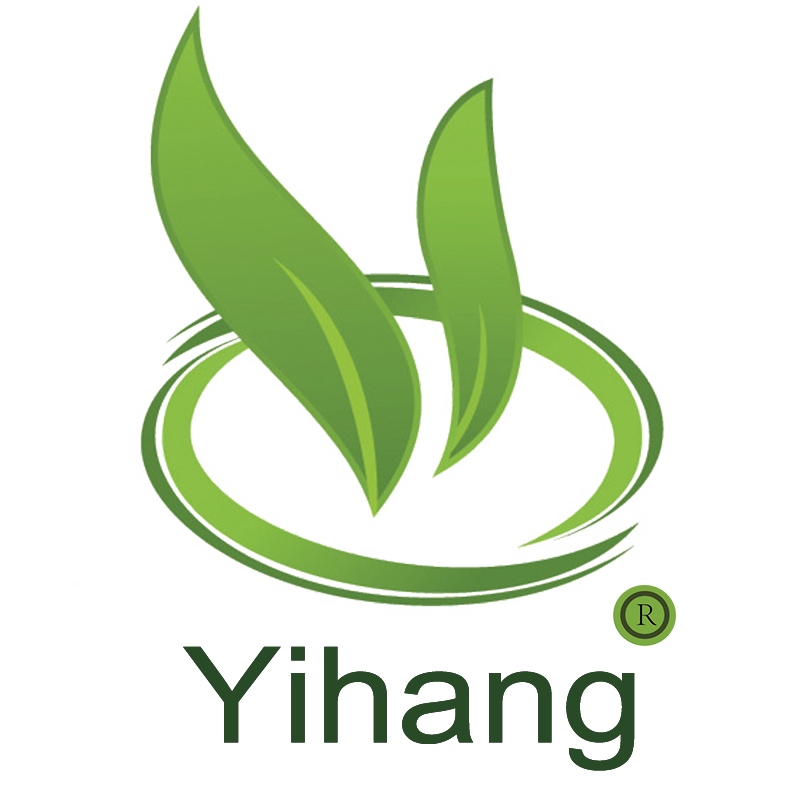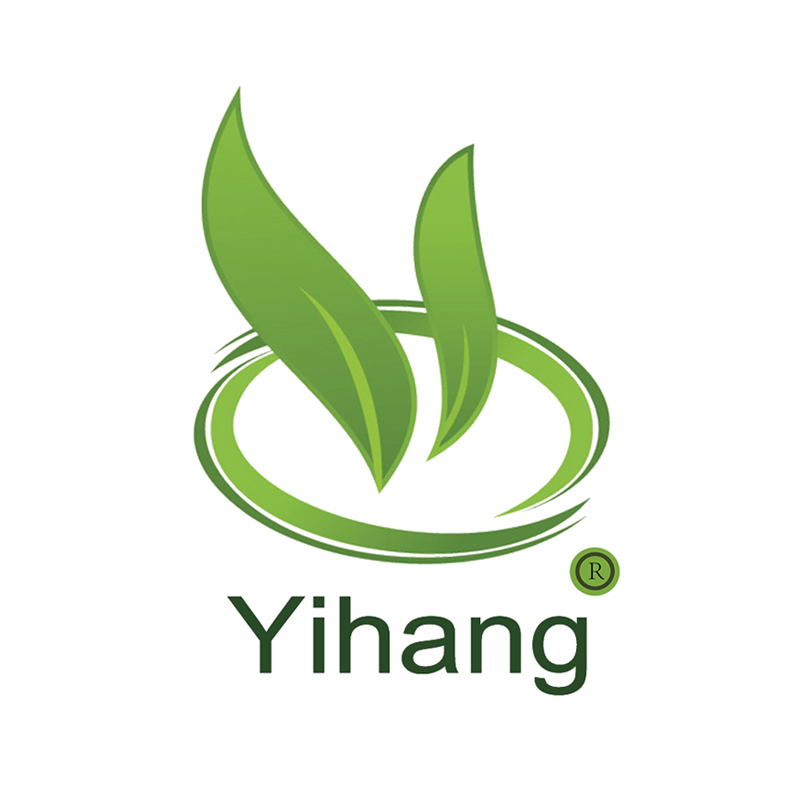The Importance of Polyacrylamide in Water Treatment
Introduction
Water is an important factor for the survival of every living organism on Earth. Unfortunately, industrialization and urbanization also promotes water pollution that remains to be a problem at the moment.
There is a need for effective water treatment methods to make sure that there is enough clean and safe water for all purposes. One of the most commonly employed techniques is the use of polyacrylamide (PAM) – a flocculant that works well with treating water.
Having a high molecular weight, good water solubility, and strong adsorption tendency, polyacrylamide is a synthetic polymer that usually has promising features. Hence, owing to these properties, it is very effective in water treatment processes.
If wastewater or some other polluted water is treated with Polyacrylamide, it will work as a bridging agent for suspended particles and make them come together in what are called larger flocs which can be removed by either sedimentation or filtration. The use of Polyacrylamide improves the quality of treated effluent after flocculation and decreases even the volume of generated effluent sludge.
As a Polyacrylamide products manufacturer, our Yihang prides itself in offering a variety of high-performance Polyacrylamide products dedicated to the water treatment applications. We also furnish information regarding the availability of Cationic and Anionic forms of Polyacrylamide along with their specific usage for different requirements of water treatment processes.
With the help of our Polyacrylamide products that are formulated with consideration to the application work at hand, it is possible to eliminate contaminants like organic matter and microorganisms, heavy metals from the water.
One of the primary advantages of using Polyacrylamide in water treatment is improving the effectiveness of the other treatment processes. For instance, Polyacrylamide improves the coagulation process for flocculation by Aluminium sulphate or Ferric chloride coagulants and aids in building up the size and density of the coagulated flocs resulting from the coagulation.
This ensures that a quick sedimentation rate is achieved and water free of impurities is obtained. In addition, Polyacrylamide may enhance the efficiency of other chemicals applied in the course of water treatment thereby reducing the expenses on treatment plants.
Whereas most of the conventional treatment methods employ on chemicals, the Polyacrylamide base treatment employs the use of less sludge disposal and lower residual chemical concentration in the treated effluent. The resulting discharge does not contain pollutants in quantities that are dangerous to the environment and the treatment does not imply risk for water use in production processes.
With the problems of water shortage and depletion due to pollution facing many parts of the world, it will be imperative to embrace advanced water treatment systems which include Polyacrylamide-based systems if future generations are to be provided with adequate clean water resources.

 EN
EN



























